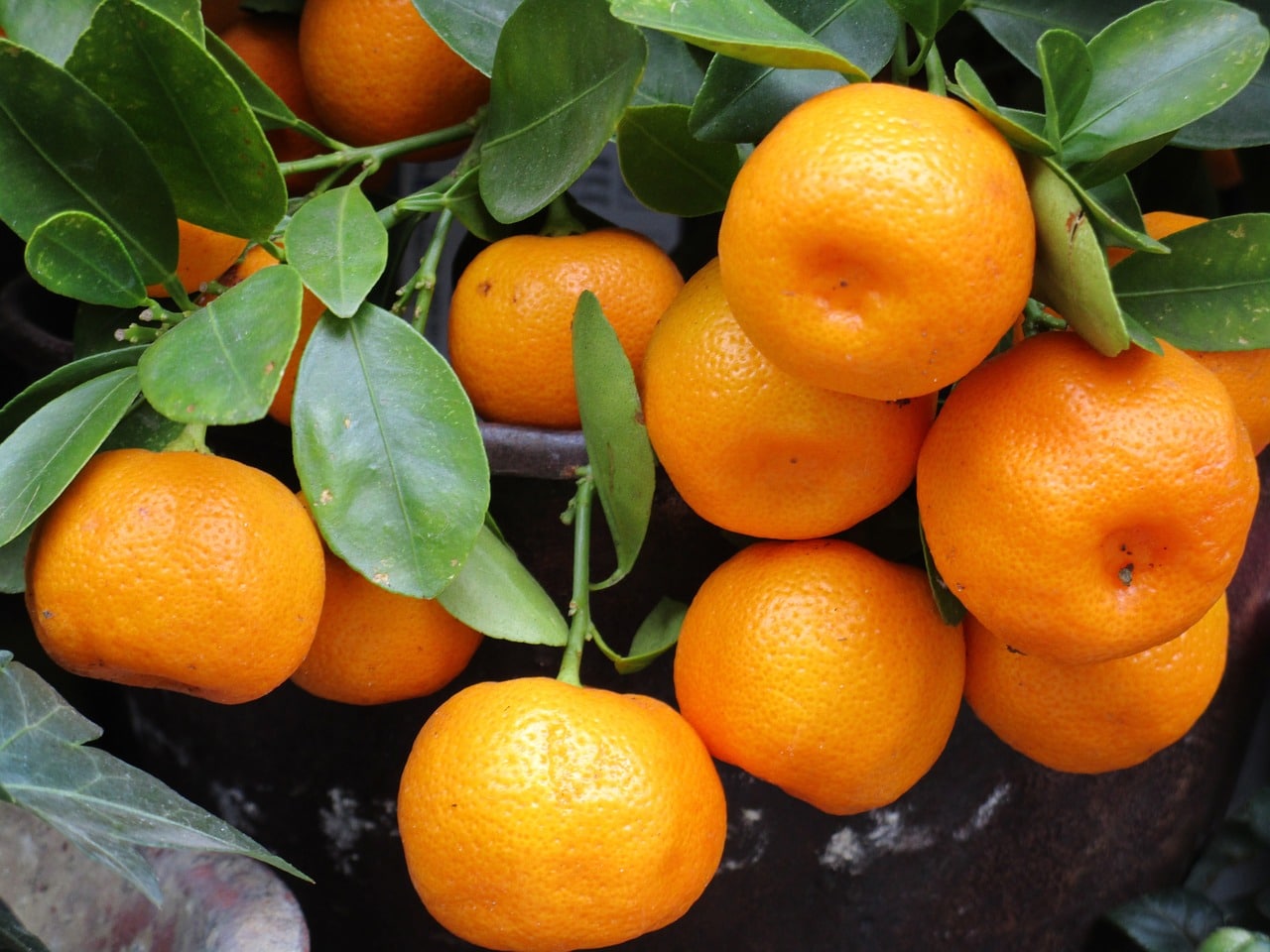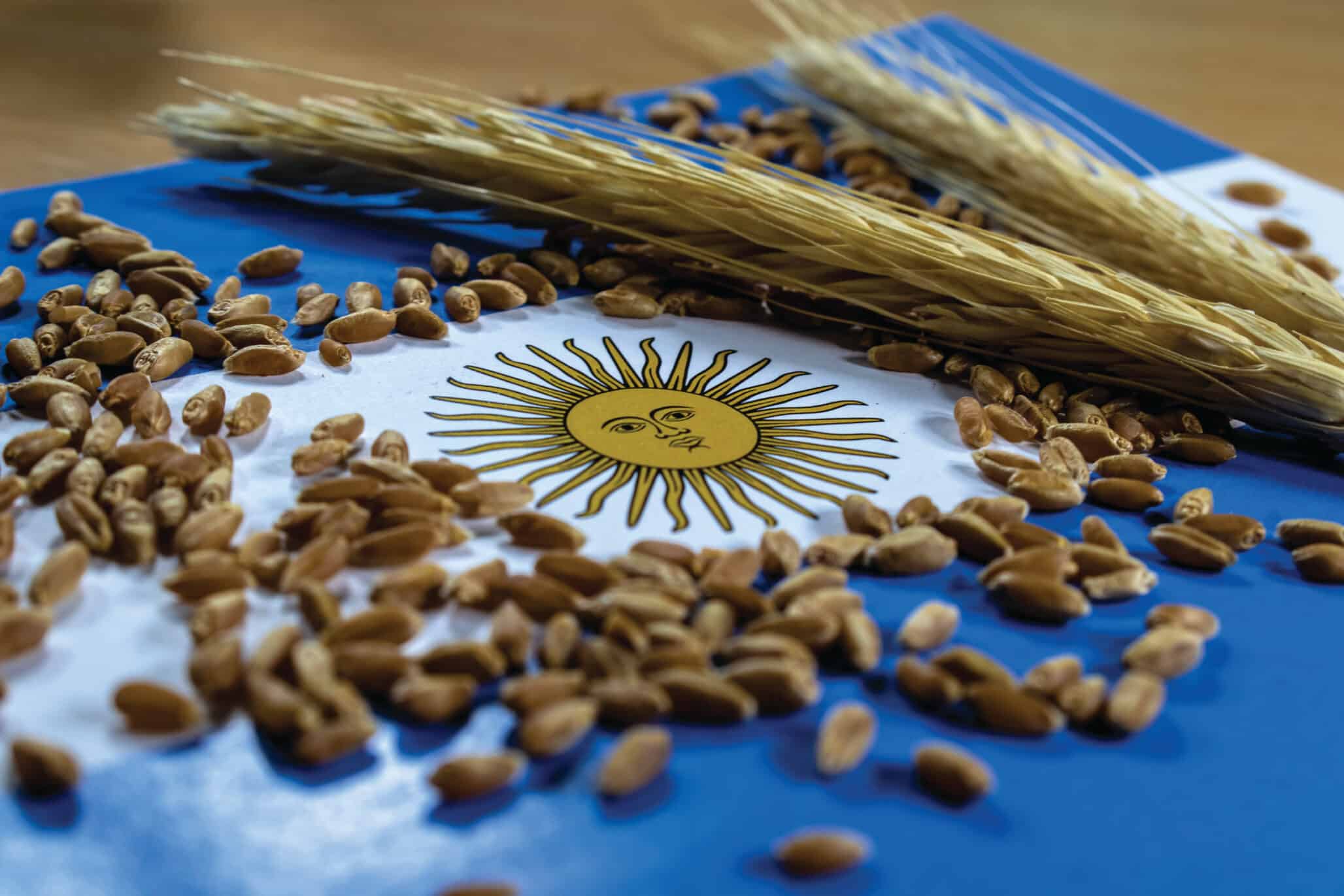Plant sciences in general, and, above all, biology and plant breeding, have evolved very rapidly over the past two decades, mainly due to advances in the knowledge of genomes. Against this backdrop, plant improvement is a particularly innovative sector, something evidenced by high investment in research and development (about 15 per cent of the sector’s revenue) and the advances in genetics being applied to agriculture all over the world.
The level and sustainability of research funding, which growers and society as a whole need in order to face the challenges of the future, depend largely on the recognition of the intellectual property generated by such research.
A clear and workable framework and its associated tools for the protection of intellectual property are essential. Our aim here is to present an analysis of this issue, drawing on half a century of operational experience. We will aim to set out the issues we all face as public and private actors involved in innovation, as well as public authorities. We will limit our analysis to a European framework, since a broader scope would require taking into account the variations in legislation around the world, and also the differences in development in the plant improvement sector in different parts of the world.
The First Steps: The Creation of UPOV
In the 1950s, the plant breeding community, including public research organisations such as the French National Institute of Agricultural Research (INRA), proposed the establishment of a sui generis protection system, which led to the signing, in 1961, of the International Convention for the Protection of New Varieties of Plants, and the establishment of the Union for the Protection of New Varieties of Plants (UPOV).
This need for a sui generis tool was a result of the very specific nature of innovations resulting from the practice of plant breeding—plant varieties that were defined by the expression of the characteristics resulting from a given genotype or combination of genotypes. In other words, plant varieties are protected as a whole, as a result of the complex expression of the entirety of their genome. The Plant Variety Protection (PVP) certificate obtained as a result, and governed by the UPOV convention, safeguards the commercial exploitation of the variety for its breeder for a minimum of 20 or 25 years, depending on the species.
A fundamental element of the UPOV convention is the existence of an exception to the breeder’s rights, called the breeder exemption, whereby another breeder can use the protected variety in a breeding programme to create a new plant variety. This mechanism allows a virtuous circle of innovation in which the innovations of generation N are open to the entire community of breeders, who, through crossbreeding, can realise further innovations in generation N+1, which themselves are then available for generation N+2.
This mechanism—the virtuous circle—worked extremely well for almost 50 years, and proved satisfactory for everyone, because the duration of the innovation cycle, about 10 years, was approximately the same as that of the commercial life of the innovation itself (the variety). This meant that when the generation N+1 innovation (the new variety) appeared on the market, that of the previous generation, which had contributed to the N+1 variety’s creation, was, in general, reaching the end of its commercial life.
It is this balance between the length of the innovation cycles and the commercial lifespan of the plant varieties that has allowed the system to operate satisfactorily for the users, public and private breeders, and to the benefit of growers and society as a whole.
The Arrival of Biotechnology
In the 1990s, the development of biotechnology and advances in biology opened up important new areas of investigation, and led to significant advances in knowledge; however, they also raised new questions concerning the protection of innovations. These considerations led to the adoption of European Directive 98/44 on the legal protection of biotechnological inventions. The directive excluded plant varieties from its scope, recognising the specific nature of plant breeding and the relevance of the protection of plant varieties by PVPs, under UPOV’s international convention. It also excluded from its scope essentially biological processes, whose definition was clarified in 2010, in a decision of the Enlarged Board of Appeal of the European Patent Office.
The Acceleration of Plant Breeding Processes
In the 2000s, an explosion in the acquisition of new knowledge, in particular about genomes, and the development of computing power for the use and analysis of data, dramatically changed the impetus for, and speed of, plant improvement programmes. In terms of varietal creation, this acceleration in the innovation process led to the respective timescales for innovation and commercial obsolescence falling out of phase.
In a short space of time, as a result of using the breeder exemption, the generation N+1 innovation is on the market and in direct competition with its founder initial variety of generation N. This direct competition begins before the start of the commercial obsolescence of generation N’s variety, endangering the win-win mechanism that had worked well up to this point.
Uncertainties in the Scope of Patent Application
In the 1990s, those engaged in plant improvement began using patents to protect some of their innovations, where they met the relevant criteria for patentability. The scope of this new use of the patents was subsequently framed in European Directive 98/44 and other legal framework that govern European patents.
This huge advance in knowledge has also enabled a large number of biotechnological innovations, whose needs for protection by a suitable intellectual property tool have led to an increasing use of patents.
Adding to all this, the rapid developments in knowledge and technology, and the fact that it is still early days for the patentability of biotechnological inventions (meaning all actors in the field, both applicants and examiners, are somewhat inexperienced), we can better understand why, in the mid-2000s, this state of affairs led to questions being raised about both the patents themselves and the interplay between PVPs and patents.
With regard to patents, a number of questions arose in terms of their application in the field of plants. We will highlight two particularly important ones here:
(i) should an innovation be classed as being inventive in nature (as opposed to simply a discovery) when it makes use of pre-existing genetic resources only?
(ii) what is the definition of the essentially biological processes that apply in the particular field of plant improvement?
This led the European Patent Office to gradually clarify, through case law, the scope of patents and the granting of claims. Little by little, the issues have been clarified, but there remain areas of debate.
With respect to the interplay between PVPs and patents, one of the questions raised was that of the application of the breeder exemption. It is possible for a variety to be protected by a PVP and, at the same time, that one of its characteristics fall within the scope of a patent claim. For the breeder, the problem of the interface between two forms of intellectual property rights is this—can the breeder exemption be exercised to use the protected variety for breeding purposes, without infringing the patent?
This is currently the subject of much debate, including within the plant improvement sector. It is essential the questions raised are clarified so that all actors can continue their activities with confidence. We will return to this issue.
How Intellectual Property Tools Need to Develop
In the light of the analysis above, we believe the developments required to cope with tomorrow’s issues need to be considered as a whole. We think solutions are possible, which will allow a way out of this apparent conflict between the two forms of protection. Moreover, it is possible to give each intellectual property tool its proper place and relevance in the necessary framework for the protection of innovations, and re-establish a clear and workable framework and set of protective tools for the plant improvement sector.
It is important to remember here the importance of the need for both tools, PVPs and patents, in affording protection to all innovations produced by the plant improvement sector, and in plant biology in general. Each tool can be applied where it is most effective and relevant, striking a balance between protecting innovation and sharing knowledge and progress, to the benefit of society as a whole.
The Development of UPOV
We are convinced that the sui generis rights created by the UPOV convention and the Proprietary Variety Protection certificate that materializes them remain the best-adapted tools for the protection of plant varieties, and we would defend their exclusive use for this purpose, as well as supporting the exclusion of plant varieties from the field of patentability.
However, it has become imperative to find a way to restore the virtuous circle that operated for over 40 years, based fundamentally on the synchronicity of the cycles for innovation and commercial obsolescence. Specifically, this requires consideration of modifications to the UPOV convention to restore this synchronicity, with the discussion focusing on the time when the option to exercise the breeder exemption comes into play, and considering this as a function of different families of species, because the requirements for synchronicity can vary greatly between them.
It is also reasonable to assume that modifying the convention in such a way would make use of PVPs more attractive, especially in areas where plant varieties can also be protected by patents; in particular, where that protection relates to the protection of complex combinations of genes obtained through plant breeding.
Developments in the Scope of European Directive 98/44
In parallel, the scope of patent use in the field of plants needs to be clarified, which, in turn, requires clarification of the scope of Directive 98/44.
The scope of this directive currently excludes plant varieties and essentially biological processes. We highlighted earlier the relatively recent nature of the use of patents in the field of plant biology. It seems essential, in light of experience in the last 10 years, to clarify the directive’s scope, with the aim of further defining the nature of exemptions applying to some innovations taking place in plant varieties.
A first step was taken with the decision of 9 December 2010 (Procedure G2/07) of the Enlarged Board of Appeal (EBA) of the European Patent Office (EPO), which took the view that a ‘process for the production of plants which contains or consists of the steps of sexually crossing the whole genomes of plants and of subsequently selecting plants’ is an Essentially Biological Process (EBP) and is therefore excluded from the scope of patentability.
However, in its decision of 25 March 2015 (Procedure G2/13), the EBA did not exclude products resulting from EBPs from the scope of patentability. The EBA stresses its strictly legal interpretation of the European Patent Convention and Directive 98/44, as they stand today, while, at the same time, recognising this response leaves the ongoing debate on the issue open with regard to other bodies.
Following these two EBA decisions, we are faced with a paradox. While we consider the essentially biological processes described in Decision G2/07, in 2010, correspond to the definition of plant breeding activity (the random crossbreeding of plant genomes and subsequent selection in the progeny) and that plant varieties are excluded from patentability in the EU, the products produced from these EBPs are patentable. Logically, a rationalisation of this situation should lead to products resulting from these EBPs also being excluded from patentability.
It is important to note the products resulting from such processes are combinations of the genes present in plants, and the sui generis system developed by UPOV was designed to protect these combinations of genes as a whole.
Finally, and more generally, it seems the use of purely biological processes that result in unpredictable recombinations or generation of genetic diversity involving complete genomes should not lead to the granting of patents or, at the very least, to patent claims relating to the products obtained.
We believe that continued development of these two approaches to intellectual property, UPOV and the scope of European Directive 98/44, in the way we have set out, is essential for the protection of innovations resulting from plant breeding, and would allow the tools to be fully restored to their proper, and mutually complementary roles. Against this backdrop, it is important initiatives that would lead to the two proposed developments are pursued simultaneously.
The Interface between Different Systems
We discussed earlier the issue of interplay between PVPs and patents that appeared in the 2000s, in the context of the current use of these two intellectual property protection tools. Accordingly, we must also address the issue of the interface between patents and PVPs, after the developments at UPOV and in Directive 98/44, discussed above, have taken place.
The aim here, with regard to intellectual property rights, is not to be able to use the patented invention at the expense of respect for the legitimate rights of the inventor, but to have access to genetic diversity (the gene pool) comprised within the variety in order to pursue breeding activity.
Since the 2000s, the plant breeding community has been proposing solutions to manage this type of interface—if a plant variety has a characteristic that is the subject of a patent claim, a breeder wanting to use this variety as a source of genetic variability would have to do so within the framework of the breeder exemption.
French, German and Dutch law, and the new European unitary patent, have already recognized this situation by clearly establishing that use of the breeder exemption cannot be considered a patent infringement during the breeding phase. After this permitted breeding process, two eventualities can arise: (i) the characteristic covered by the patent claim is no longer present in the progeny, and the breeder has complete freedom to operate using the new variety, or (ii) this characteristic is present in the new variety, and the breeder must obtain a license from the patent holder before beginning any marketing activity.
Such pragmatic management, which respects everybody’s rights and obligations, was adopted unanimously across a full range of plant breeders, from small-scale family companies to multinationals, when they convened at the International Seed Federation’s 2012 Congress.
Overhaul Required
While reiterating the importance and need for the two complementary tools, PVPs and patents, to protect intellectual property that arises from innovations in plant breeding, we propose that the two legislative frameworks that govern them (the UPOV convention and Directive 98/44) should jointly evolve to take into account the scientific and technical developments of the last two decades.
Both of these legal instruments were the result of the thinking and knowledge of the 1990s. Twenty-five years on, an overhaul appears to be required, something that has precedent in the 1978 and 1991 modifications to the UPOV convention. We are convinced that the changes proposed would allow the clarification of both the role and place of the two systems in the protection of innovations, to the benefit of all actors in the plant breeding sector. This would also help ensure the sustainability of funding for research to meet the needs of growers and the expectations of society.
We made a deliberate choice not to discuss the detailed practical measures required for the implementation of our proposals, and we do not underestimate the complexity this would entail. Our overriding aim is to stimulate thinking about the issues and to contribute to the debate in the widest sense. In this vein, we considered it important to set out our views on the needs of the plant breeding sector with regard to intellectual property tools. It also appeared vital to clarify the debate on the use of PVPs and patents, as complementary tools that afford different types of protection, and which we see no reason to oppose.
We hope the contribution made by our discussion of the issues will also serve to inform legislators about the needs and expectations of the plant breeding industry.













